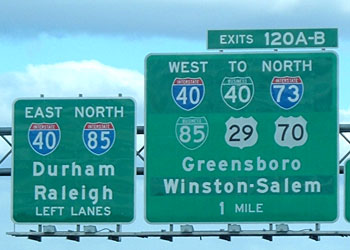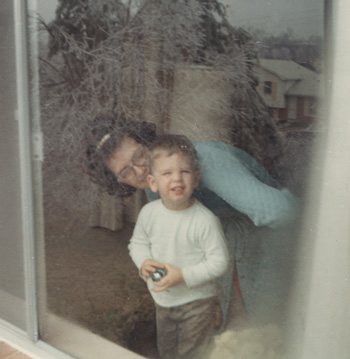Robin Gibb
Boys Do Fall in Love, 1984.
Among other things, this song (along with the two additional videos you’ll see in the next couple of days) always reminds me of being in the original Weekends on Peachtree Street in Atlanta one very strange weekend in the summer of 1984.

